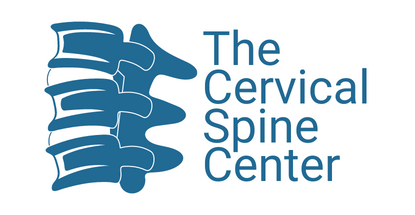A Cervical Disc Herniation occurs when a piece of your normal cervical disc fractures or breaks off and compresses a cervical spinal nerve or spinal cord. In nerve compression, you will develop pain down the arm from the base of the neck depending on which nerve is affected: C3-4 Disc Herniation causes neck pain to the shoulder; C4-5 Disc Herniation causes deltoid pain and weakness. Weakness would be difficult in raising your arm at the shoulder; C5-6 Disc Herniation causes pain in the upper arm to the hand and weakness in the biceps; C6-7 Disc Herniation causes pain in upper arm to the hand and weakness in the triceps; and a C7-T1 Disc Herniation causes pain and weakness in the hand. When a piece of disc compresses your nerve such as in Cervical Disc Herniation, it causes a condition called Cervical Radiculopathy. Cervical radiculopathy can also be caused by Cervical Degeneration and subsequent Foraminal Stenosis of the exiting nerve from the spine. The majority of patients with Cervical Radiculopathy improve with conservative care in the form of rest, non-steroidal anti-inflammatory agents (NSAIDs), Physical Therapy and Pain Management. Cervical Disc Herniations are usually to one side or the other and therefore cause either pain on the left side or right side. When the disc herniation is central and large, it compresses the spinal cord causing Cervical Myelopathy. In these particular situations, patients present with neck pain, hand numbness and weakness without arm pain. The most common levels for Cervical Disc Herniation are the C5-6 and C6-7 levels. Most patients develop symptoms when not engaged in heavy activity; in fact, most patients develop symptoms without even knowing what caused the pain to start. Almost all patients with a cervical disc herniation have pain down the arm at point or another; sometimes the acute pain subsides and becomes a dull, chronic ache.

Cervical Disc Herniation
The Cervical Center is dedicated to the treatment and outcomes of patients who suffer from problems related to the cervical spine including any condition related to bone, nerve, or soft tissue. Our program is focused on high quality clinical outcomes and the most effective treatments for all conditions related to the cervical spine.



